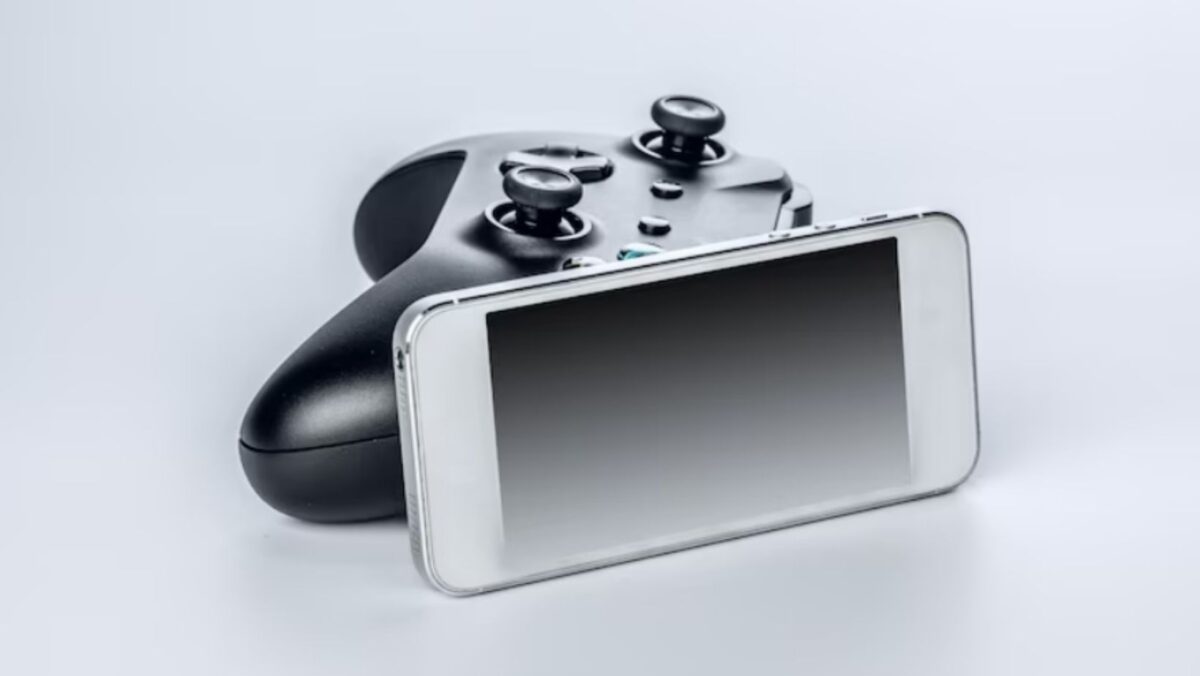Mobile gaming became huge business seemingly overnight, generating more cash than traditional console gaming while spawning an entire industry of accessories that promise to transform phones into serious gaming machines. Controllers, cooling fans, trigger buttons, and specialized grips flood online stores with bold claims about dramatically improved gaming experiences and professional-level performance. Most of these products look impressive in promotional videos but deliver questionable value when used for actual gaming sessions that last longer than marketing demonstrations.
The situation gets complicated because mobile gaming covers everything from simple puzzle games to intense competitive shooters that demand precise controls and sustained performance. Different games have completely different requirements – casual card games need nothing special, while complex strategy titles, sports platforms like Melbet, and action games might actually benefit from specific accessories that enhance particular aspects of gameplay. Figuring out which accessories provide real value versus expensive disappointments requires testing them during actual gaming sessions rather than trusting reviews written by people who obviously got free products.
Getting honest answers about gaming accessory value means ignoring marketing hype and examining what actually works during real gaming scenarios.
Controllers That Sometimes Help
External gaming controllers represent the biggest category of smartphone gaming accessories, promising console-style precision for games that were designed around touchscreen controls from the beginning. Bluetooth controllers from gaming companies like Razer and Xbox work reasonably well when games actually support them, but compatibility remains hit-or-miss across different titles. Many popular mobile games never bothered implementing controller support, while others did such poor jobs that playing with controllers feels worse than using touchscreen controls.

Clip-on controllers that attach directly to phones solve portability problems while providing physical buttons for games that benefit from tactile feedback. These accessories work particularly well for retro gaming emulators and ports of console games that weren’t designed for touch interfaces originally. However, the added bulk makes casual gaming sessions more awkward, and carrying the setup in pockets becomes nearly impossible without dedicated storage.
Trigger attachments cost much less than full controllers while addressing specific control issues in shooting games where precise timing matters for competitive play. These small clips overlay physical buttons onto touchscreen shooting controls, potentially improving response times and accuracy during intense gaming moments. Effectiveness varies dramatically based on hand size, phone dimensions, and individual gaming preferences, with some users swearing by them while others find them completely useless.
Gaming grips tackle comfort problems during extended sessions that can cause hand cramps and reduced performance over time. Textured surfaces, extended gripping areas, and ergonomic shaping help maintain comfortable holds during marathon gaming sessions. The improvements feel significant for people who game for hours continuously, though casual players rarely notice enough difference to justify the expense and added bulk.
Cooling Fans and Performance Tweaks
Smartphone cooling fans became popular after people discovered that intensive gaming causes phones to overheat and throttle performance automatically to prevent damage. External fans that clip onto phone backs promise to maintain higher processor speeds for longer periods by improving heat dissipation through forced air circulation. Real-world results vary wildly between different phone models, with some showing measurable improvements while others benefit barely at all from external cooling efforts.
Multi-function gaming accessories often combine cooling with additional features like adjustable stands, battery packs, and RGB lighting that appeals to users who want their gaming setups to look impressive. These complex accessories work well for people who treat their phones as primary gaming platforms, though the bulk and complexity often outweigh practical benefits for most users who just want better gaming performance occasionally.
Reality Check on Value
Cost becomes a real issue when gaming accessories approach or exceed what people typically spend on mobile games themselves, creating questionable value propositions for casual players who stick mostly to free games. High-end controllers costing $75-150 represent serious investments that may exceed annual mobile gaming budgets for many users. Budget alternatives often provide similar basic functionality while sacrificing build quality and longevity that affects long-term value calculations.
Game compatibility problems limit accessory utility since many popular mobile titles completely ignore controller support or implement it so poorly that touchscreen controls work better. Touch-based game designs often translate awkwardly to physical controls, creating gameplay experiences that feel worse than developers intended through their original touchscreen interfaces.
Portability concerns affect accessory practicality since smartphones succeed primarily through convenience and spontaneous usage that bulky gaming add-ons can compromise completely. Carrying separate controllers, cooling equipment, and mounting hardware eliminates the casual gaming capability that makes mobile gaming attractive initially. This fundamental trade-off between enhanced gaming capability and device convenience affects different users based on their specific gaming habits and lifestyle requirements.
Better Alternatives That Cost Less
Modern smartphones now come with built-in gaming features, such as performance modes that boost processor speed and block distractions while you play. These tools are built into the system and often work better than external gaming accessories, while keeping the experience simple and portable.

Phones made specifically for gaming, like those from ASUS or Razer, offer even more. They include special cooling systems, gaming controls, and hardware designed just for games. These built-in features usually work better than trying to add similar tools to regular smartphones with accessories.
The gaming accessory market continues expanding as mobile gaming grows, but success requires matching specific needs with appropriate products rather than assuming more accessories automatically improve gaming experiences. Most mobile gamers discover that careful game selection and basic device optimization provide better value than expensive accessory investments that collect dust after novelty wears off.

